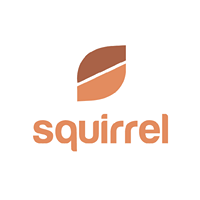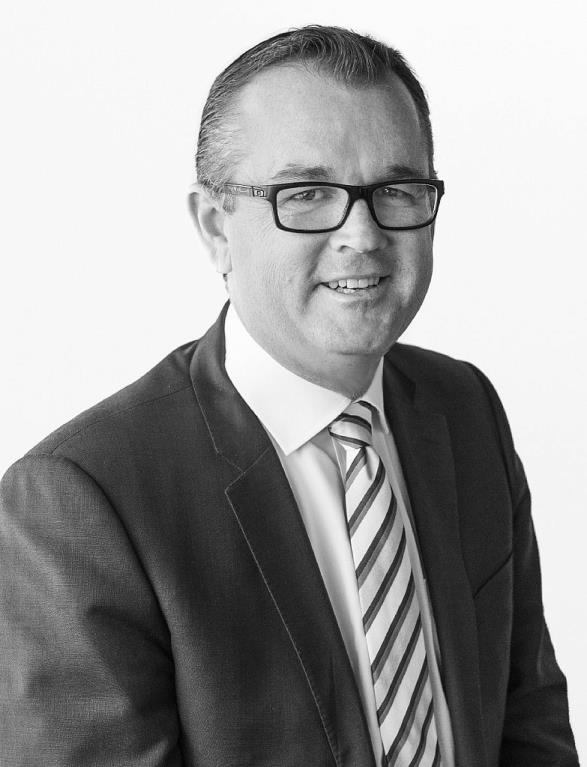
4 Followers
I'm interested in setting up my own self-managed superfund - is there a minimum amount I need to have in super to make it viable. Also in speaking to my accountant they suggested it would cost around $3 - 5,000 to set one up, does that sound right?
Responses
Hi John,
At law there isn't a minimum imposed, though like all forms of superannuation the decision to move to SMSF must be on the basis that will grow your wealth.
Headline fees can very very different between Accountants and SMSF administrators. To make it easy for you here are a list of the typical statutory fees you will incur in the first year. When investigating different firms, it's important to understand which of these they include so you can compare apples with apples.
A SMSF is a legal structure operated by a Trust and that Trust is controlled by either an individual (ie yourself) Trustee or a Corporate Trustee (company of which you would be a Director). If you are considering a SMSF to purchase an investment property then it's a requirement of just about every lender that you have a Corporate Trustee.
Buying a property within SMSF - if you are considering this and will need to borrow some funds, then you will need another structure called a Bare Trust - this will also need another Corporate Trustee.
Therefore here is the laundry list of costs associated with the initial establishment of a SMSF; I have used the costs listed on cleardocs & ATO websites and based these costs on setting up a fund to purchase an investment property:
$744.00 - SMSF Trust Deed and Corporate Trustee company
$209 - $599.50 - Bare Trust / Borrowing pack
$650.50 - Company registration for Bare Trust Trustee including TFN registration
$518.00 - ATO supervisory levy (for newly established SMSF funds you pay the first two years $259 per year) in advance
$2,121.50 - $2,512.00 - TOTAL COST
Of course the provider does need to make some profit so your numbers do seem about right - though if these costs only include a very basic set up and you will be responsible for additional costs associated with setting up structures for borrowing and/or ATO levies $3 - $5K seem a little expensive.
Finally, as an example at Squirrel Super we charge a fixed fee of $2882.77 + GST which includes every aspect of establishing a SMSF, borrowing structures, ATO levies etc and the Squrirel team take care of all the other aspects of establishment including rolling over existing funds, establishing bank accounts, broking facilities etc. Squirrel's technology delivers these components online in just a few minutes so you don't need to be an expert and thus the reason we can do this for a good price.
The other component is the annual ongoing compliance costs - it's important to confirm with your provider than things like Audit costs (usually around $400), company returns ($46 for SMSF Trustee, $246 for Bare Trust Trustee), Tax Return, etc. As an example Squirrel will charge $1,320 per fund and incorporates every cost.
Managing you own super can make a really positive impact on your ultimate retirement balance - look out for fixed fees rather than percentage based. Hope the above helps you make a decision on whether managing your own super is a good idea.
Damien Linn
CEO - Squirrel
Hi Damien - thanks for taking the time and going into such detail, very informative.
I will definitely keep Squirrel in mind if I decide to go ahead
Regards
John
No minimum - but I ask why are you doing it in the first place? If you're doing it to save fees it's not really the best option
Hi Adam,
Thanks for your question - and you are correct. Identical cost whether there are :
- 1 - 4 members;
- whether there is $100K or $10m
- whether you are invested entirely in cash, managed funds, direct shares, unlisted companies or have a number of investment properties.
Chris also raises a good point on fees. And this is typically a question that starts with your super balance and also the types of investments.
If you are investing exclusively in cash for example, usually an industry super fund is the way to go. If you are in a retail fund be very careful of the fees they charge. For example I just had a quick look at the amp.com.au website. Their Flexible Super product invested in the AMP Capital Stable investment bucket costs about $1,650 on a balance of $150K - AustralianSuper a major industry charges $618 for their Stable investment bucket and had better returns over the last 12 months (don't quote me just a very quick look).
SMSF makes more sense as your balances increases. Though, if we use the $150K example again and it's you and your wife for instance in the fund a SMSF can actually cost you less than an industry fund. In this example, Australian Super comes out at $1,396 for the two members; a SMSF the way we do it at Squirrel is $1,320.
Superannuation is such an important aspect of our financial lives. It's really important that you do your own research, google, ask questions on sites like this and take the time to understand the impact of fees.
There is a fantastic report produced by the Grattan Institute in 2014 - it showed that average fees in Australia's superannuation sector would take on average $250,000 of the retirement savings of an average 30 year old and usually the higher the fees the worst the investment returns (astonishing isn't it).
Here is a link for some bedtime reading.
https://grattan.edu.au/report/super-sting-how-to-stop-australians-paying-too-much-for-superannuation/
Cheers, Damien
Thanks Damien
Some great info. I am really interested in looking at SMSF as I have had enough of my Superfund (I won't share the name for obvious reasons) which has taken success fees in the past against benchmarks that have lost more than they did. For example, if they benchmarked against the ASX200 and it lost 20% in the year, and they lost 10% over the same year, they take a percentage of that difference as a success fee. Basically, success for failing less.
That sort of least loss attitude and trying to follow all of the fees and charges is why I am keen to explore SMSF. I am a reasonably sophisticated investor and I have trouble - I'd hate to know the percentage of people who have no idea what their super is doing each year.




As s broker - not a minimum and I work with financial planners who specialise in < $100k funds - as a stepping stone to growth.